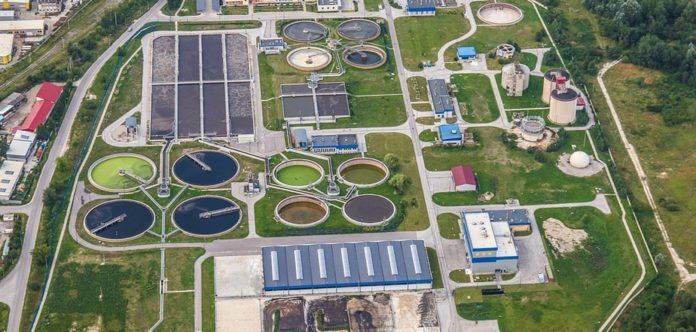Morocco is a country located in North Africa with a population of over 36 million people. With rapid population growth and increasing urbanization, the country faces significant challenges in managing its wastewater. According to the World Bank, Morocco generates approximately 1.4 billion cubic meters of wastewater annually, of which only about 18% is treated. This poses a significant environmental and health risk to the population, especially in urban areas.
To address this challenge, Morocco has invested heavily in building wastewater treatment plants (WWTPs) to treat wastewater and ensure that it is safe for discharge into the environment. The country has made significant progress in this area, and as of 2021, there are over 400 WWTPs across the country.
One of the most significant WWTPs in Morocco is the Sidi Maârouf plant located in Casablanca. This plant is one of the largest in Africa and has a capacity of treating 200,000 cubic meters of wastewater per day. The plant uses a biological treatment process to remove organic matter and nutrients from wastewater. The treated wastewater is then reused for irrigation, which reduces the demand for freshwater in the area.
Another important WWTP in Morocco is the Marrakech plant, which has a capacity of treating 100,000 cubic meters of wastewater per day. The plant uses a sequencing batch reactor (SBR) process, which is an advanced biological treatment process that removes organic matter, nutrients, and pathogens from wastewater. The treated wastewater is then used for irrigation in the surrounding agricultural areas.
Morocco to build 10 wastewater treatment plants in Casablanca
In addition to these large-scale WWTPs, Morocco has also invested in smaller decentralized treatment systems to treat wastewater in rural areas. These systems are designed to meet the specific needs of small communities and can range from simple septic tanks to more advanced treatment systems.
Despite these efforts, there are still challenges in the wastewater treatment sector in Morocco. The country faces a lack of investment and funding for maintenance and upgrades to existing WWTPs, which can result in the deterioration of the treatment process and reduced efficiency. There is also a need for increased public awareness and education on the importance of wastewater treatment and the impact of untreated wastewater on the environment and public health.
In conclusion, Morocco has made significant progress in addressing the challenge of wastewater treatment through the construction of WWTPs and decentralized treatment systems. However, there is still much work to be done to ensure that all wastewater is treated before being discharged into the environment. Continued investment and funding, public education, and improved maintenance and upgrading of existing treatment plants will be critical to ensuring the sustainability of Morocco’s wastewater treatment sector.





